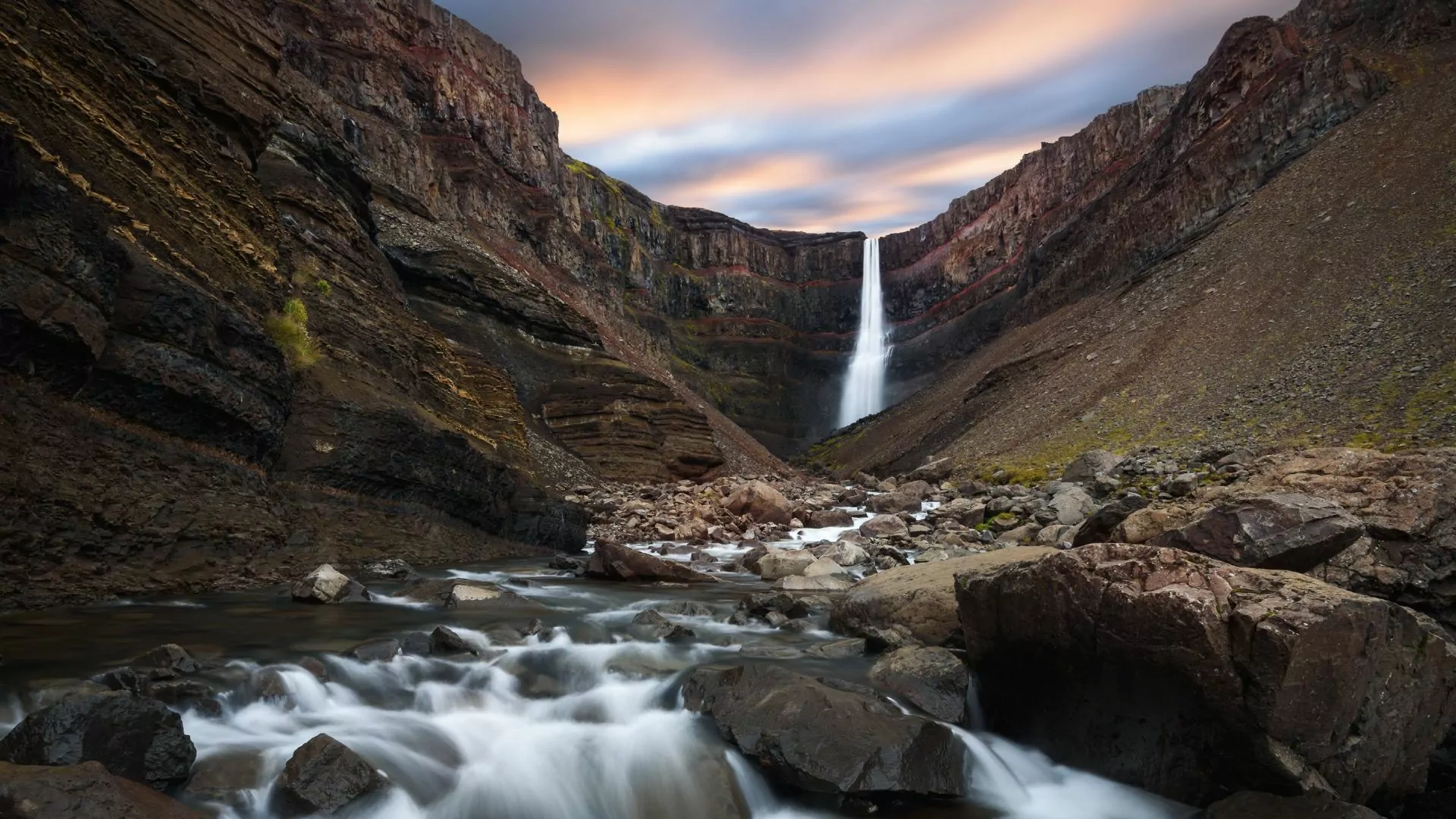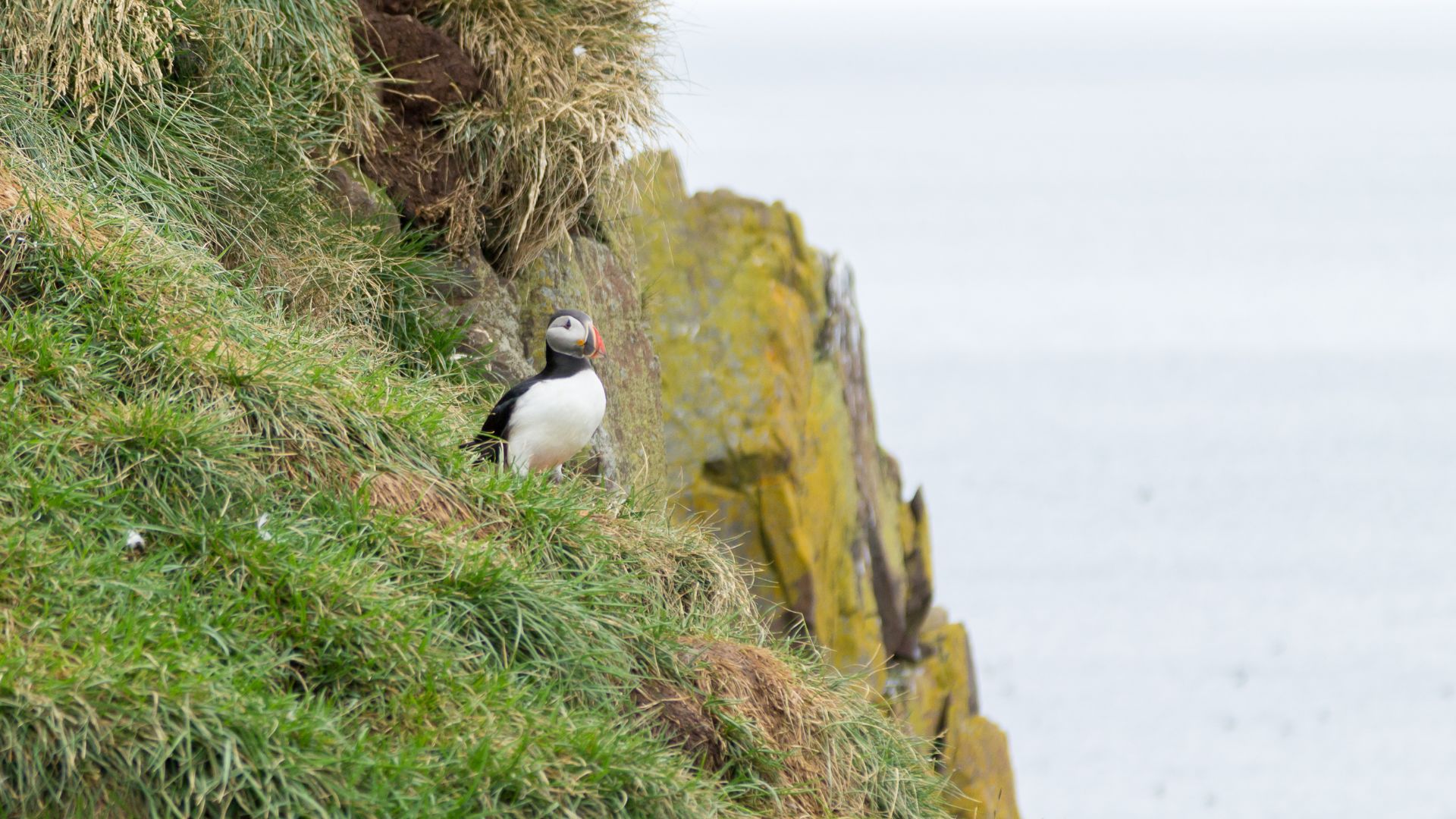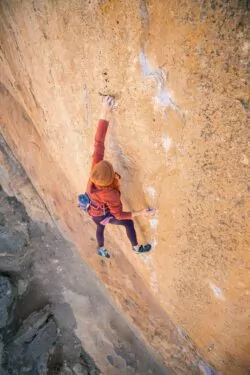Exploring the East Fjords of Iceland
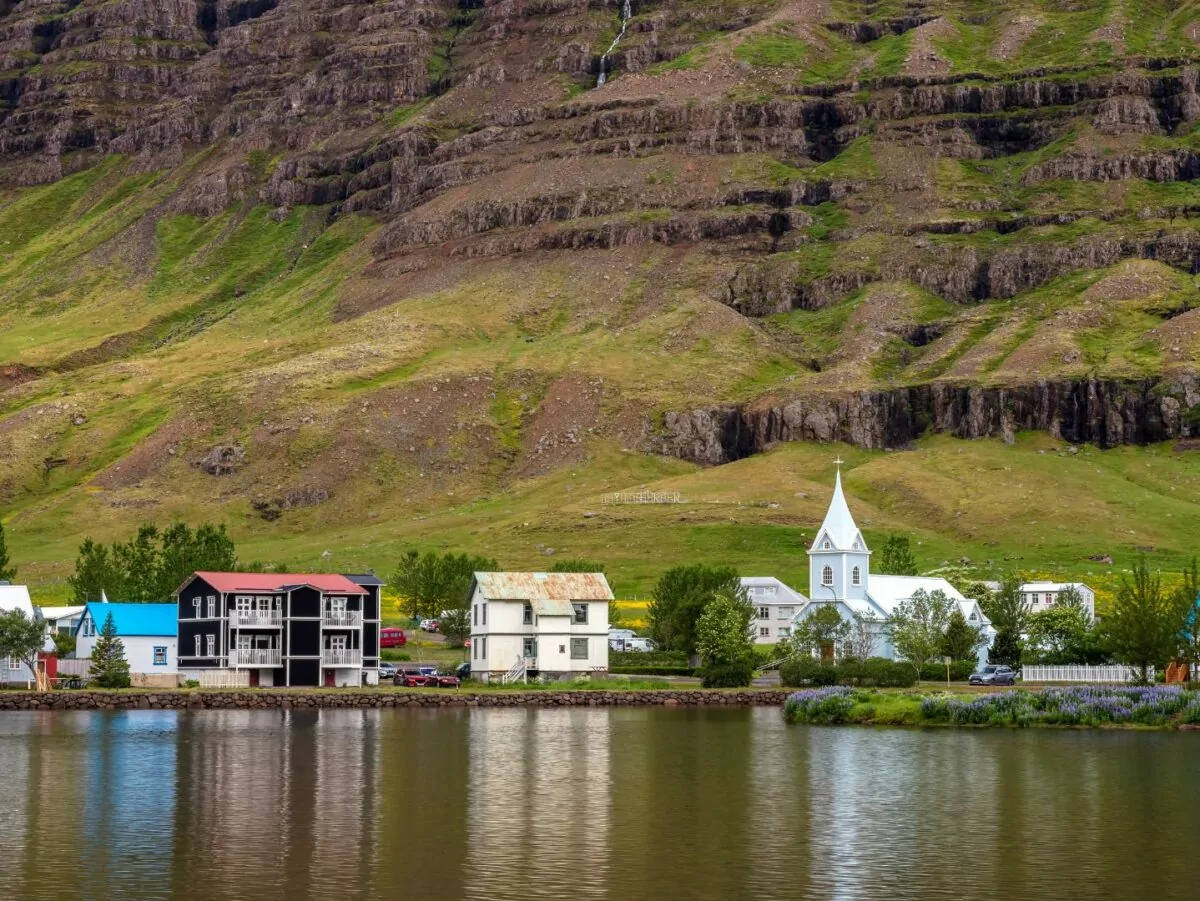
Iceland’s East Fjords region, a hidden gem often overlooked in favor of more well-known spots like Reykjavik or the Golden Circle, offers outdoor devotees a captivating mix of unrestrained beauty, culture, and history.
The jagged coastline, stretching over 75 miles from Berufjörður in the south to Borgarfjörður Eystri in the north, is where towering mountains meet the sea among a collection of fishing villages, narrow fjords, and plunging waterfalls. For visitors searching for a slower, immersive travel experience, where solitude and landscape reign superior, the East Fjords provide a thrilling and wildly remote experience.
Consisting of only a small portion of Iceland’s population, 3.2% to be exact, the eastern region is one of the rare places seemingly untouched by the over 2 million tourists who visit the country annually. Iceland draws visitors through its ease of access and proximity to major European cities, its natural attractions for outdoor adventurers, and undisturbed natural spaces. Additionally, with glaciers slowly retreating, there’s an urgency in visiting these fjords like never before.
Riveting & Unrivaled Landscapes
The East Fjords of Iceland are nothing short of dramatic. They are characterized by a jagged and moody coastline set against the Norwegian Sea, and narrow fjords are tightly tucked into the steep sea cliffs. Each fjord is more photographic than the next. Visitors get views of the ever-changing panorama of dense forests, remote Icelandic villages, and frothing waterfalls. The remoteness of the region promises peaceful solitude, and a sharp contrast to the bustling tourist destinations in other areas of the country. Here, the silence of nature speaks louder than any city could.
Reyðarfjörður, home to Iceland’s longest fjord, is the epitome of the region’s quaint charm and unmatched natural scenery. Waterfalls cascade from the mountains, and fishing boats gently bob at the docks. With numerous restaurants and places to lay your head while visiting, it’s an ideal jumping off point for hikes diving deep into the landscape’s rugged beauty.
History, Folklore, & Hidden Folk
Beyond the physical landscape, the East Fjords are steeped in folklore. Home to some of the country’s most cherished tales about mysterious beings who live amongst the fjords, peaks, and valleys and interact with humans in unpredictable and intangible ways. These stories have been recorded as early as the 12th century and are said to have been passed down through the generations to teach Icelandic children how to navigate the unforgiving landscape.
This deep connection to folklore is woven into the natural land itself. Hiking through the valleys one might feel the presence of these mythical beings, the mountains and fjords taking on an ethereal quality that adds to the East Fjord’s allure.
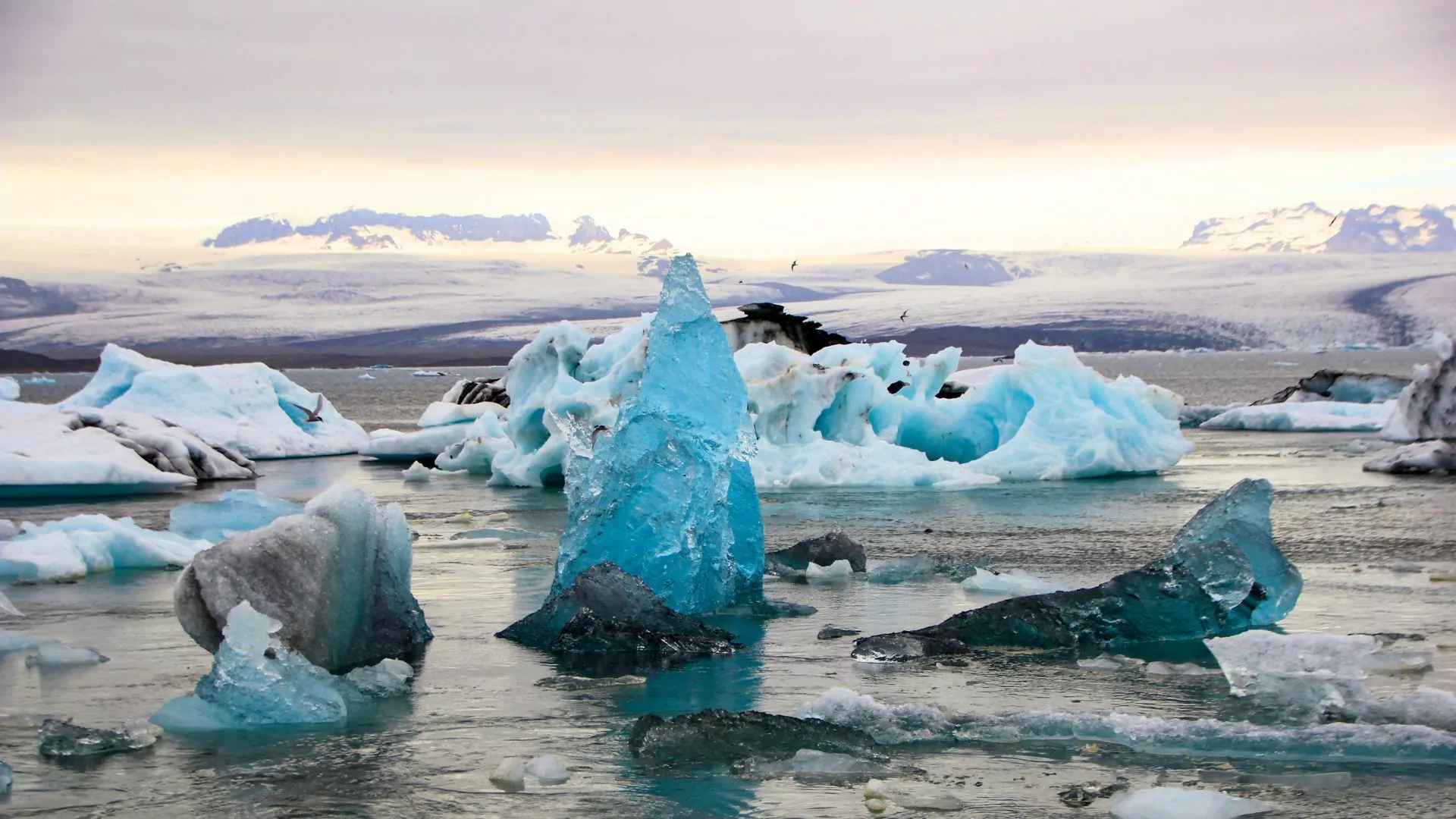
A Hiker's Paradise
For hikers, the East Fjords of Iceland are utopia. Trails vary in difficulty, offering something for everyone, from the casual nature walk, to the technical and brave adventures. One of the most famous areas for hiking is Stórurð, better known as the “Giant Boulders.” This breathtaking location at the base of the Dyrfjöll mountain range showcases sparkling turquoise pools nestled amongst massive car sized boulders, lush green meadows, and a steep mountain backdrop. The boulders, likely arriving via glacial melt from the previous Ice Age, are a striking sight, making the area a popular destination for photography and hiking.
Iceland Glaciers and Northern Lights Tour
The Njarðvík trail, a 2.8 mile trail leading to Stórurð, might be the most beautiful and subsequently the most technical hike in the region. It brings hikers directly through the Sula and Sulur mountains, with notable elevation gain and multiple river crossings, providing an exciting challenge for those prepared to undertake it. The Vatnsskarð trail, a longer and more demanding 4.7 mile route, offers endless panoramic views of the coves and fjords below. Families might prefer the Vatnsnesvegur trail, a gentle 4.4-mile walk through lush meadows dotted with ponds and waterfalls.
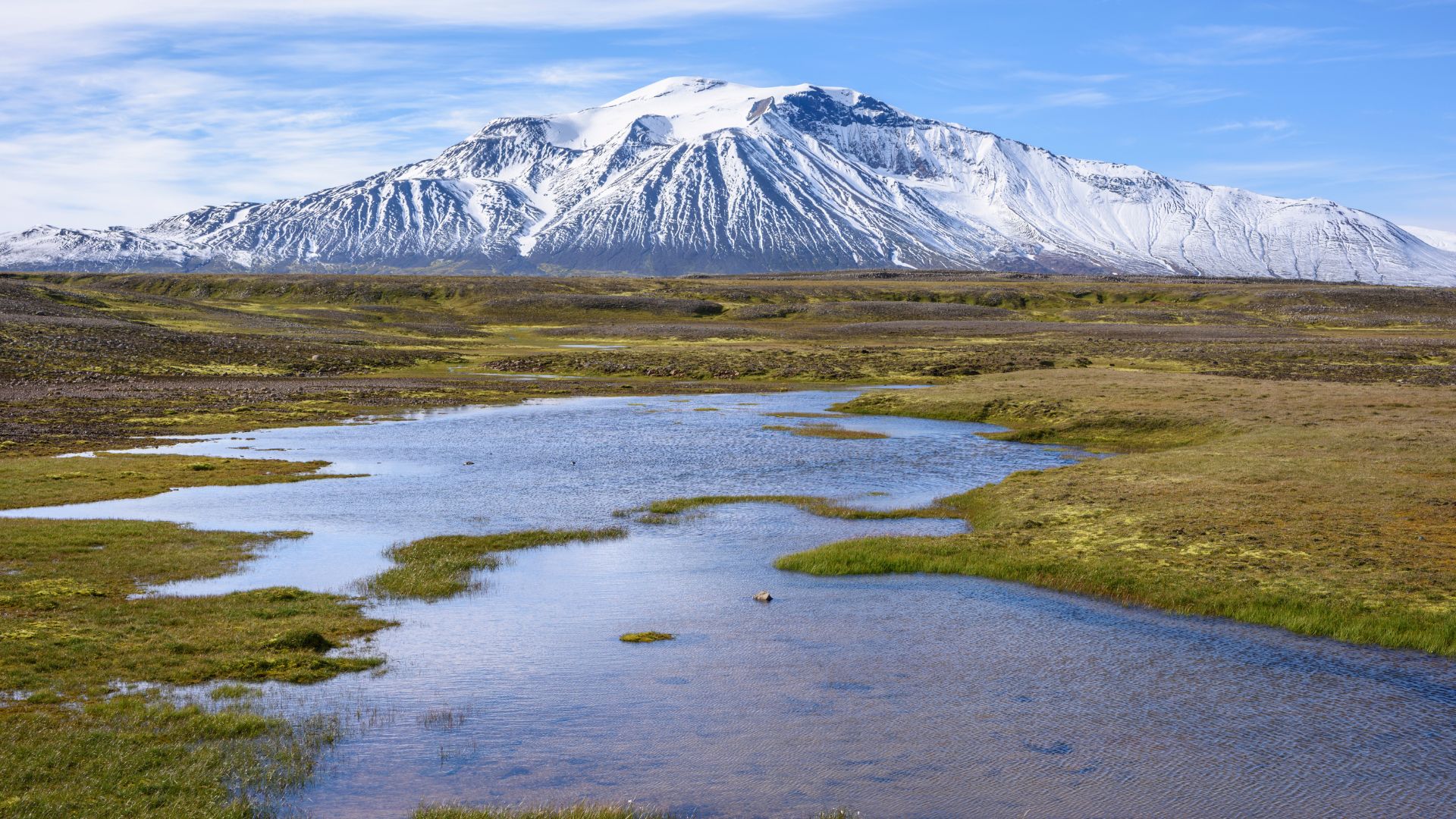
For these seeking more of a challenge, the East Fjords of Iceland provide. Mount Dyrfjallstindur, reaching 3,363 feet, and Mount Sula, reaching 3,727 feet, are two of the most notorious peaks in the Dyrfjöll range. Summiting either will bring sweeping views of the fjords and valleys underneath, a sweet treat for the steep and technical ascents. Bring your camera!
Traveling east, Mount Snæfell stands as the country’s highest mountain, reaching 6,013 feet. This dormant volcano is surrounded by a secluded landscape of ash and lava fields and can be topped by a 6-7 hour hike for a more rugged, backwoods adventure. On a clear day, locals say half of Iceland can be seen from the summit, a view consisting of receding glaciers, dormant volcanoes, rugged mountains, and dense valleys.
For our waterfall chasers, Hengifoss is not to be missed. Holding the title of Iceland’s third tallest waterfall at an astounding 420 feet. A short drive from Egilsstaðir, this waterfall is surrounded by layers of an igneous rock called basalt. These varied red basalt layers add to the visual display of Hengifoss, making it worth the 3.2-mile short but very steep Litlanesfoss trail.
Glaciers, Wildlife, and Serenity
A trip to Iceland without seeing glaciers would be remiss. Heinabergslon, located in the southern section of the East Fjords, is a smaller, less frequented alternative to the famous Jökulsárlón Glacier Lagoon in the south. Part of Vatnajökull National Park, Heinabergslón Glacier Lagoon features crystal clear blue waters, iconic icebergs, and hiking trails with views of steep ravines, volcanic formations, and reindeer! Kayaking tours through the lagoon provide a more direct interaction with the glaciers. The quiet environment makes it a hidden treasure for those looking to escape the crowds.
The East Fjords are home to the country’s only wild reindeer population, a legacy of the failed farming attempts in the 18th century. Birdwatchers will be delighted by the large colonies of puffins and other migratory birds, while seal and whale sightings are also common along the coast. The region’s isolation ensures that encounters with other hikers are rare, allowing visitors to experience the true tranquillity of Iceland’s wilderness.
A Destination for Adventure
Seamlessly mixing dramatic landscapes, rich folklore, untouched nature, and countless hiking opportunities, the East Fjords of Iceland are a dream for outdoor adventurers seeking the unspoiled. This area is a siren’s song for explorers, offering something unique and peaceful for those willing to brave the vast unknown. Whether you’re drawn by the promise of remote fjords, the challenge of hiking tall peaks, or the allure of the mystical landscapes rich in folklore, the East Fjords will captivate your imagination and body. Pack your gear and head to this enchanting corner of the world before it changes forever.



